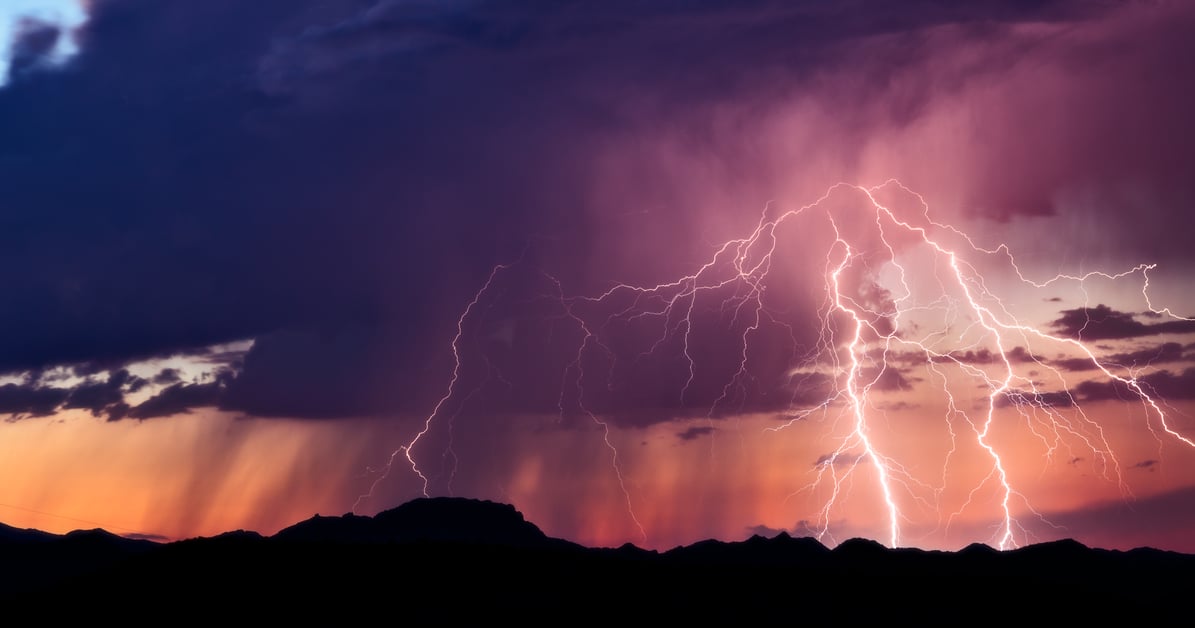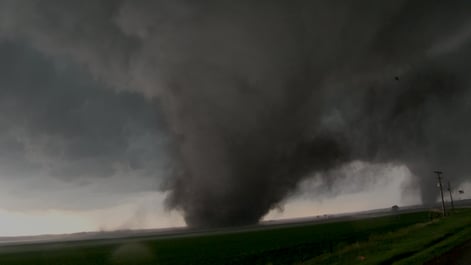Not lost in translation: How bilingual meteorologists are revolutionizing weather-risk communication for businesses and beyond

Summary
From blizzards to tornadoes, bilingual meteorologists are reshaping weather-risk communications to stress urgency and save lives for Spanish speakers caught in a storm of translation confusion.
Key Highlights
Many weather terms cannot be easily translated from English to Spanish causing confusion and unnecessary risk
Bilingual meteorologists are improving weather-risk translations to better communicate the dangers associated with them
AccuWeather is the sole provider of up-to-the-minute precipitation forecasts in Latin America
Tricky Translations
Translations can be tricky, especially when trying to reference specific weather-related terminology. For decades, meteorologists have relied on agencies like the National Weather Service (NWS) to translate forecasts for Spanish-speaking populations. But the translated weather terms don’t always convey the urgency, risk, and impact needed for communities to prepare accordingly. Now, bilingual meteorologists are stepping up to the challenge and using their unique knowledge of English and Spanish to ensure businesses better understand the risk of severe weather. These meteorologists are helping reshape the terms used by NWS and other weather agencies, by making recommendations based on their experience with bilingual audiences. In fact, the American Meteorological Society (AMS) has started a Hispanic subcommittee to work on improving and creating uniform Spanish weather terms. The goal is to improve the current terms used to convey serious weather-related threats, making sure everyone understands the risk and stays safe.
But why is there such a need? Weather terms are complex by nature and it's not always as easy as dropping a word into Google translator. That’s because some weather words like “blizzard” or “squall line” can't be translated. Other terms like “tornado warning” or "storm surge" don't convey the same risk level in Spanish as in English. Because of this, many bilingual meteorologists choose to describe the weather event to their audience, instead of directly translating, to better explain what will happen and the dangers involved.
Another challenge is the different Spanish dialects. For example, words used in the Caribbean may not have the same meaning in Central America. Such is the case when describing wind gusts. Most countries refer to it as “rafagas” but in Mexico, the term used is “rachas.” Another challenge is the sharing of information across these varying dialects. For example, many Spanish translations are done by the NWS office in Puerto Rico, so forecasts sent out may resonate with Spanish speakers across the Caribbean but not always in Central or South America where different words can mean different things. Recently, NWS offices in California and Miami have started to help with translations, lessening the communication gap caused by dialects.
One such bilingual meteorologist paving the way for better communication is AccuWeather’s very own Marvin Gomez. Check out his inspiring story below:
AccuWeather is helping break down communication barriers with its breakthrough technology. Just this month, MinuteCast® with its advanced radar capabilities debuted across all of Central and South America and the Caribbean, making it the sole provider of up-to-the-minute precipitation forecasts with Superior Accuracy™ for the region.







